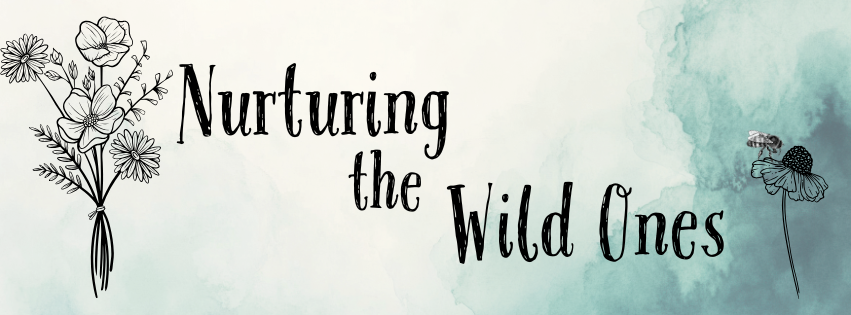When planning a garden or revamping a landscape, understanding your environment is crucial. One of the most fundamental tools gardeners and landscapers rely on is the USDA Hardiness Zone map. But what exactly is a hardiness zone, and why should it matter to you?

Understanding the USDA Hardiness Zones Map
The USDA Hardiness Zones map is a geographical guide that divides regions based on their average minimum winter temperatures. In simpler terms, it tells you how cold it typically gets in your area during the chilliest months. Each zone is broken down into 10°F increments, offering a detailed look at where certain plants are most likely to survive and flourish. Not sure which hardiness zone you are in? Find out here
The most recent update to this map, rolled out in November 2023, revealed striking changes — especially across peninsular Florida. This isn’t just a minor tweak; it represents a major shift in the environmental conditions that shape what we can grow. Zones are evaluated roughly every decade to reflect new data, ensuring the map stays as accurate as possible in a world of rapidly changing climates.
How Global Climate Patterns Are Shifting the Zones
Our planet is in flux. Rising temperatures, fluctuating rainfall patterns, and erratic weather events are reshaping ecosystems across the globe. Hardiness zones are not immune to these shifts. What used to be a reliable gardening guide is now a dynamic, evolving snapshot of Earth’s changing climate.
Human activity, especially carbon emissions and land development, is fueling this rapid transformation. As a result, some regions that were once too cold for subtropical plants are now welcoming them with open arms. Conversely, traditional native plants may find themselves struggling, as the conditions they once thrived in drift further out of reach.
What Shifting Zones Mean for Your Landscape
The moving lines on the USDA map have profound consequences for your garden and local natural areas. When hardiness zones shift, plant diversity can either bloom spectacularly or wither dramatically. Certain plants may no longer thrive, making way for invasive species that can outcompete native flora and upset delicate ecological balances.
For homeowners and landscapers, this means a new level of mindfulness is required. Planting choices that were once safe bets might now be risky endeavors. Meanwhile, new possibilities arise — exotic blooms and fruits that once demanded greenhouse conditions might now flourish in your backyard soil.
But there’s a caveat: simply planting new species without understanding their environmental impact can cause more harm than good. Thoughtful, ecologically sensitive landscaping becomes not just a hobby, but a responsibility. The UF IFAS Extension is a fantastic resource for keeping up to date on gardening information if Florida.
Preparing for a Future of Shifting Zones
Adaptation is key. Staying informed about your current hardiness zone — and understanding that it may change — is the first step. Choosing resilient, adaptable plants, favoring native species where possible, and keeping an eye on long-term climate trends will position your landscape for success.
The world beneath our feet is changing, one growing season at a time. Embracing this reality with knowledge, flexibility, and a touch of creativity will help ensure that your landscape not only survives but thrives amid the shifting tides.
After all, gardening isn’t just about planting flowers or shrubs — it’s about cultivating a living, breathing reflection of the world we inhabit.
Discover more from Nurturing the Wild Ones
Subscribe to get the latest posts sent to your email.
